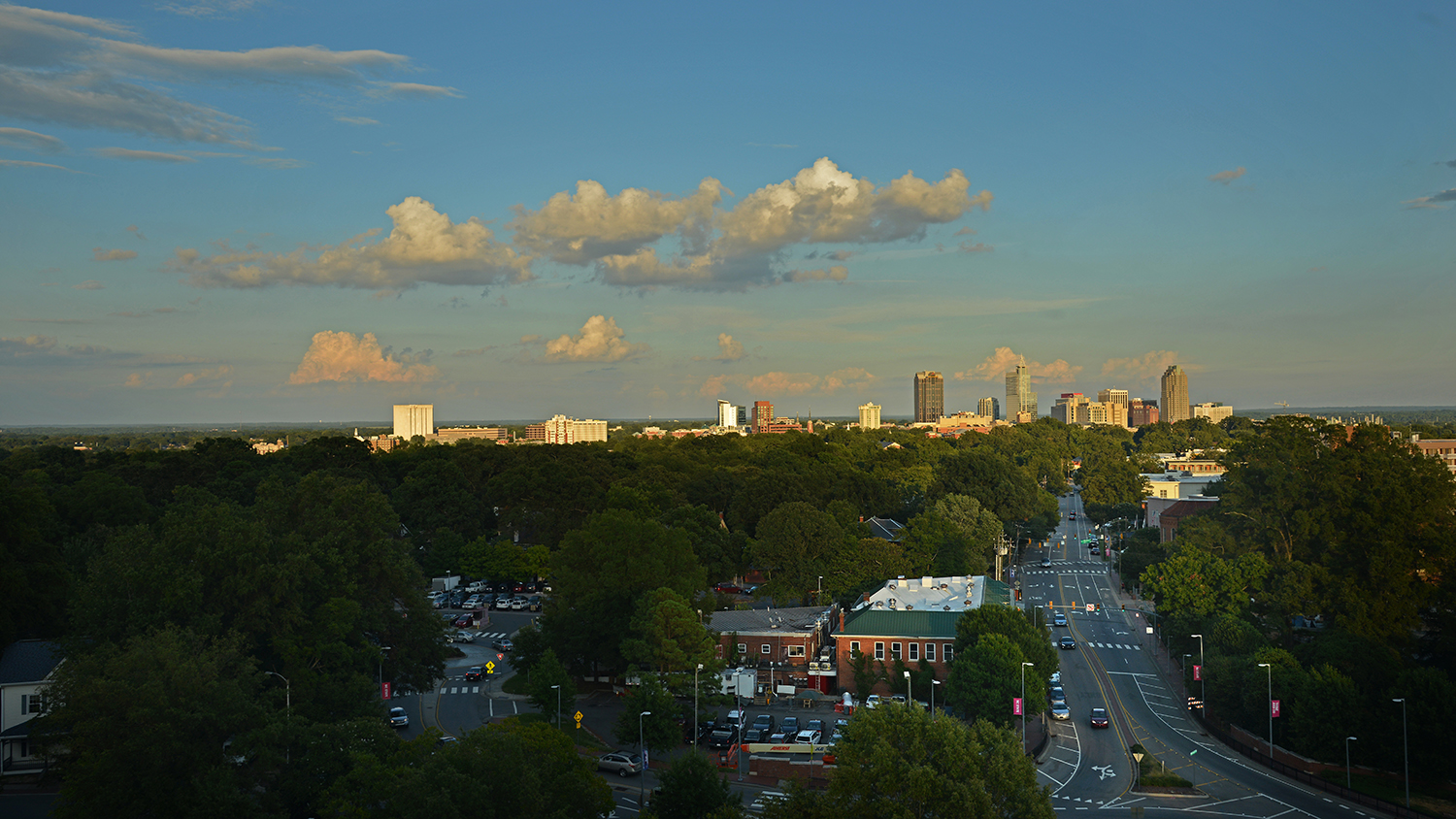You Decide: Is Another Transportation Transformation Ahead?

By Dr. Mike Walden
It’s commonly thought we are now living in the greatest time period of change. Technology is affecting how we live, work and communicate in amazing ways, and the changes will continue.
But I disagree that today’s innovations are the most life-altering in our history. I think my grandparents, whose lives spanned the 1890s to the 1970s, experienced more dramatic advances, particularly in transportation. The successful development of the airplane – in which North Carolina played a key role – brought countries and continents together, and it altered the way we traveled, as well as fought wars, forever.
Yet the airplane’s impacts were likely exceeded by those from the automobile (or “machine” as my late father used to call it). The auto led to the separation of home from work, the development of the suburbs and exurbs, the rise of the shopping mall and – for a time – the popularity of my favorite form of entertainment, the drive-in movie theater.
Although downtown living and mass transit have experienced a rebirth in some regions, most households still depend on the automobile for transportation. Many transportation experts and futurists think that auto and driving will soon undergo their greatest transformation in a century, and experts are still uncertain what the lasting implications will be.
The transportation transformation is four-pronged. First, there’s a major shift expected in how vehicles are fueled. Although the traditional gasoline-powered internal combustion engine still dominates, alternative fuels including hybrids, electric and even natural gas are thought to be the fuels of the future. Some even foresee solar-powered vehicles. These alternative fuels could be the norm in just a few decades.
Second has been a revolution in fuel efficiency, meaning the number of miles driven per unit of fuel. For example, the average fuel efficiency of gasoline has almost doubled in the last 40 years. Expected improvement in batteries will boost the efficiency of alternatively-fueled vehicles, like electric cars.
Third is the development of commercial ride-sharing. Available in many larger cities, ride-sharing is popular with young adults who don’t want to add car payments to their student debt, or who simply choose not to be saddled with the responsibilities of vehicle ownership. If ride-sharing continues its current rate of expansion, some futurists think it could become the dominant form of transit and would result in a significant drop in auto ownership.
Last is autonomous, or driverless, vehicles. Considered a fantasy just a few decades ago, vehicles that drive themselves are now a reality. Although there are “bugs” to be worked out, the possibility of driverless cars creates a combination of excitement and apprehension.
These developments are creating a whirlwind of changes and challenges in transportation. One challenge is in how we fund transportation infrastructure, like roads and bridges.
Transportation has traditionally been financed by a tax on gasoline purchases. The logic was, the more someone drives, the more they use the road, but also the more gasoline they purchase. So the gas tax was the perfect user fee. Those who drove more paid more to construct and maintain the roads and bridges.
The transportation transformation – in particular, the use of alternative fuels and increased fuel efficiency – is breaking the link between road usage and gasoline purchases. Alternative vehicle fuels are not yet taxed like gasoline. Also, as the miles driven per gallon of gasoline increase, the gasoline tax generates fewer revenues for each mile of road usage.
As a result, to keep up with needed road and bridge maintenance, as well as new highway construction for North Carolina’s expected 3 million more residents by mid-century, experts say new revenue sources are needed for highways. A mileage tax, where drivers are directly charged for each mile they drive, has been widely recommended as a replacement for the gasoline tax. Since a mileage tax would be applied regardless of the fuel used or fuel efficiency attained, it could accommodate all fuels and all efficiencies.
No state yet uses a mileage tax for transportation revenue. One reason may be that the mileage tax unpopular. Many people simply don’t like the idea of a government-controlled mileage tracker being imbedded in their vehicle.
However, if some forecasters are correct, it doesn’t matter that road revenues aren’t keeping up with usage because they think we’ll use fewer vehicles and need fewer highways in the future. These fortune-tellers see ride-sharing and driverless vehicles reducing both the number of vehicles on the road as well as traffic congestion. Plus, if more people move to high density cities, mass transit will become more feasible.
I’m sure my grandparents were amazed by how the automobile altered their lives. And although I’m no longer a young person, hopefully I still have some decades left. Maybe sometime in the future you and I will decide we’ve lived through another great transportation transformation!
Walden is a William Neal Reynolds Distinguished Professor and Extension Economist in the Department of Agricultural and Resource Economics at North Carolina State University who teaches and writes on personal finance, economic outlook and public policy.
- Categories:

